The content of the article
Lemon grown in a pot on the windowsill will saturate the air in the house with volatile and essential oils, protecting against infectious diseases and bacteria. And in order for the miniature tree to regularly please not only with its appearance, but also with its fruits, it needs to be planted. You can buy seedlings in specialized stores, but it’s more interesting and cheaper to plant a seed in the ground and wait until it turns into a young sprout.
Choose planting material
Where to get lemon seed? Go to the supermarket or to the market, choose the largest fruit of a rich yellow hue and get a bone out of it. The main thing is that there are no spots or other injuries on the citrus skin. In planting material taken from a rumpled or rotten sample, an infection or disease can lurk, which will destroy the fragile sprouts hatching from the ground.
The purchased lemon is carefully cut, trying not to touch the shell of the seeds with a blade, and take out the bones. Planting material is immediately sorted: large specimens are left, small specimens are thrown away, because they rarely germinate.
It is advisable to plant seeds in pots immediately, while they are still wet. But if there are several dry lemon grains left in the cupboard, which are a little more than a month or two, the workpiece is soaked in warm water for several hours, and then buried in the ground.
Lemons are also grown from the cuttings, which you can get hold of from friends or neighbors. Cut a young twig from the fruiting tree, put it in water, add heteroauxin and wait a day. The cuttings should have at least 3 kidneys, and the mother's lemon must necessarily produce at least 6-10 citruses per year.
Soil and pots
Some house trees grow to 8–10 m in height, while others stop at 3-4 m. Newcomers who are engaged in lemons for the first time try to plant a seed or a stalk immediately in a huge pot or wooden box. A plant needs space, but when there is too much of it, the root system does not develop properly. Therefore, at the first stage, a small clay pot or a disposable plastic cup will be enough.
You can create a container for growing lemon from a bottle:
- Cut half or third part. Discard the top with the cap, leaving the bottom of the bottle.
- Make many small holes in the bottom to allow air circulation.
- Put a homemade pot on a plastic plate or tray, so that excess water flows onto the stand, and not on the windowsill.
- Fill the bottle with soil and plant a lemon seed in it.
You can grow citrus seedlings in a flower pot, several at once, but there must be a distance between them. They recommend mentally drawing an equilateral triangle on the surface of the earth and sticking 1-2 grains in each vertex of the geometric figure.
Used for growing lemons and wooden rectangular boxes. 15-20 cm between the seeds recede, so that the root system has space for development. Regardless of the selected capacity, a drainage layer 1–1.5 cm high is placed on the bottom of the pot or box. If it is absent, moisture begins to accumulate, air circulates poorly and fungus appears in the soil. The root system of the lemon rots and the plant disappears.
As drainage use:
- small pebbles or pebbles;
- small pieces of pottery;
- grated foam;
- coarse sand;
- expanded clay or crushed wine cork.
Tip: To provide the plant with a nutrient medium, it is recommended to lay a layer of peat, dried cow or horse manure or a little moss on top of the drainage. The feeding height is 1.5–2 cm, then the soil goes on.
Perfect soil
Lemon is considered an unpretentious plant that can take root in any land. The main thing is to be warm and lack moisture. Often seeds are planted in a mixture of turf soil, river sand and humus. More experienced gardeners add wood ash to the soil, which will feed weak sprouts.
Suitable for growing citrus trees and land intended for indoor plants. You can buy soil in flower shops, it is advisable to add a little peat to the soil. If lemon cuttings are planted in pots, then a layer of sand is poured on top of the ground. This helps the citrus to take root faster and take root in a new place.
Disembarkation process
In the soil, make a small depression, about 1.5–2 cm, slightly moisten the soil and stick a few seeds in it. It is recommended to take 2-3 grains per hole, because part of the planting material may be empty and non-viable. If several sprouts immediately hatch from the pit, they leave the strongest and healthiest specimen, the rest are carefully pulled out or cut to the very root.
How it all happens:
- Put seeds in moist soil, sprinkle them with earth and lightly compact the soil.
- Sprinkle the earth with warm distilled or melt water using a spray gun.
- Cover the pot with a plastic bag that will create a greenhouse effect.
- Put lemons in a room where the temperature does not fall below +18. Until the first shoots appear, seeds do not need light, so citrus fruits can be kept in any room.
- Periodically open the film and ventilate the soil in pots, regularly moisten the soil from the spray gun, but make sure that the ground is not too wet and damp.
With cuttings, they act a little differently:
- A branch, which stood for several days in a special solution, is planted in the ground after the appearance of thin roots.
- The plant is buried so deep that only two buds remain on the surface, the rest must hide underground.
- The stalk for the first time needs abundant watering, because the lemon does not have strong roots that can draw moisture from the soil.
- The plant feels comfortable at a temperature of + 18–20 degrees.
- A cut of citrus will need about 1.5–2 months to finally take root in the pot and begin to grow actively.
Tip: If you went too far with watering, and the earth can not dry in any way, do not wait for the appearance of mold. The pot is freed from moist soil and filled with new dry soil into which the lemon is transplanted.
Citrus Sprout Care
Pots with a plant should be kept away from drafts, which citrus tolerates very poorly. Hatching sprouts are watered twice a week, regularly exposed to the sun. When full leaflets appear on the seedlings, the film is removed.
Little trick
You can cover the hacked lemon shoots not only with a package, but also with an ordinary glass jar. Place the container with its neck down to create a greenhouse effect. Lemons elongate faster in humid conditions resembling a tropical climate. If citruses were planted in a pot in winter or early spring, the plant is placed next to the battery or heater, and watered 3 times a week.
Water is used rain or melt, warmed to room temperature. The irrigation fluid must settle for several days so that harmful impurities precipitate.
Fertilizer and transplant
Seedlings fertilize every two weeks. Citrus fruits are suitable for top dressing, such as "Ideal" or "Health". You can buy special fertilizers created for lemons and other exotic plants, but they must include:
- boron;
- manganese;
- zinc.
Citrus leaves are regularly wiped with a damp cloth, removing dust. The pot with seedlings should stand on a well-lit window so that the plant receives a lot of ultraviolet light. But in order for the sprouts to stretch evenly and not drop leaves, the lemon should be turned around its axis by 1.5–2 cm every month. You can’t sharply twist the seedlings, otherwise such unexpected changes may result in “baldness” of the young tree.
In early spring, the grown citrus is transferred to another, more spacious pot. In the first year, the lemon should “move” 4 times. An adult tree can live in its pot for several years, the main thing is to update the topsoil from time to time.
How to understand that a lemon needs a new home? If his roots reach the drainage layer and try to get out of the pot, the tree becomes cramped. Move the lemon from one container to another gently so as not to damage the base. A little land is left on the root system so that the plant quickly adapts to new conditions.
Tree formation
So that the seedling does not turn into a shaggy bush of an incomprehensible shape, you need to take care of it. When the central shoot becomes strong and begins to stretch upward, gaining twigs and additional leaves, it is cut off. A stump with a height of 20 cm should remain. Then on the central trunk form second-order branches, which pinch when they reach 18–19 cm. Repeat the procedure again until shoots of the fourth “generation” appear. It is on them that buds, flowers and fruits are formed.
If you do not trim the extra sprouts and branches, the lemon crown will become thick, and the tree will spend too much energy on feeding leaves and unnecessary shoots.
We grow fruitful citrus
When the trunk of the seedling becomes pencil-thick, the lemon should be grafted. You must ask your friends or order in a specialized store a two-year stalk cut from fruiting citrus. You will also need:
- well sharpened knife;
- a coil of electrical tape;
- plastic bag;
- garden var.
First, cut a branch of lemon, extending from the central trunk, leaving a stump 5-10 cm high. It must be carefully split into two equal parts. Shank the bottom of the handle in the form of a blade and insert into the stump. Coat the open "wounds" with garden varieties, tightly tighten with electrical tape so that it covers the stump.
The tip of the scion is also trimmed, leaving 2 to 4 kidneys. Treat the slice with garden varnish, cover the lemon with a packet to create a warm, moist microclimate. In such conditions, wounds heal faster, and the stalk is better taken root. Remove cellophane after the first sprouts. The grafted lemon will begin to bear fruit in 2-3 years.
For the first time, 2 flowers are left to be pollinated with a cotton swab. Collect pollen from one cup and transfer to another. In the future, as many fruits as an ovary appear on a lemon.
Recommendations
- In late autumn, the temperature in the room with the pot of citrus should be gradually reduced to 15 degrees so that the plant adapts to harsh conditions. At the same time, daylight hours are increased, otherwise the tree will begin to drop leaves.
- In winter, it is recommended to wrap a tub with lemon with insulation or thick blankets to protect the roots from hypothermia.
- The soil is loosened every 5-6 irrigations to improve the flow of air into the soil and to prevent acidification of the earth.
- In late spring and summer, it is useful to take an adult citrus tree to the street, but hide it from direct sunlight.
Lemon, like other plants, needs regular care and care. The plant loves heat, moisture and the sun in moderation, sometimes it needs to be fed and protected from pests. If you do not forget to water the tree, apply fertilizer and keep it away from drafts, it will live long and regularly delight with the fruits.
Video: how to grow citrus fruits at home

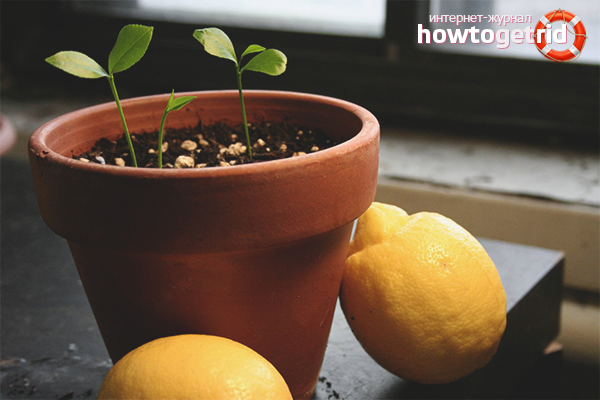
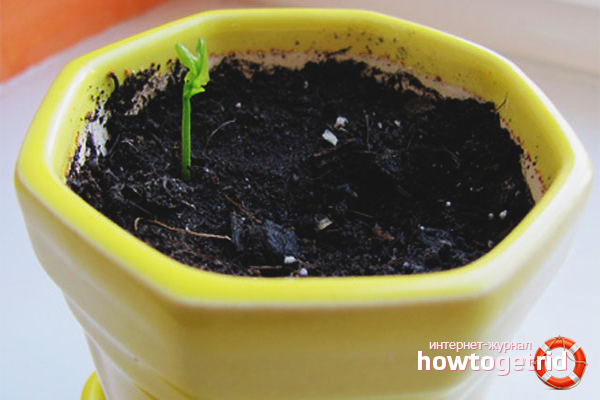

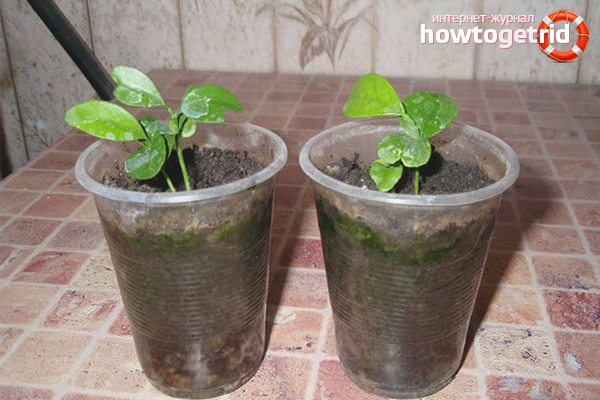
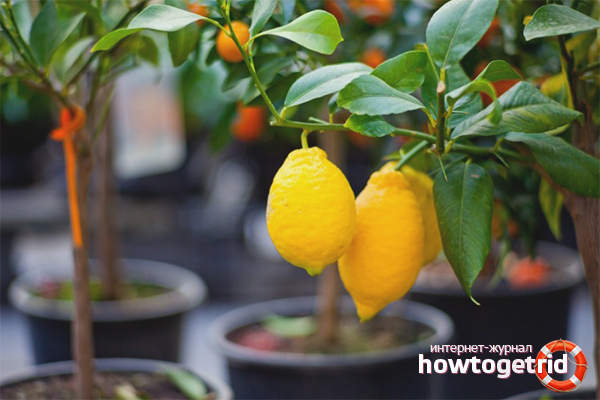
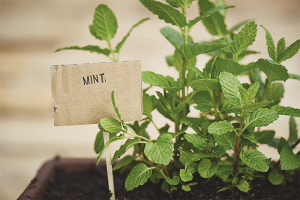
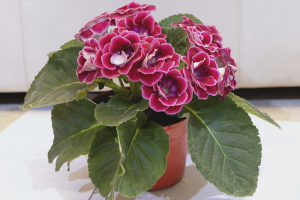
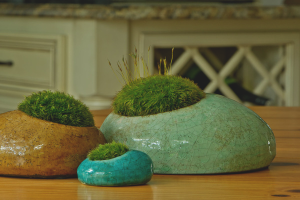


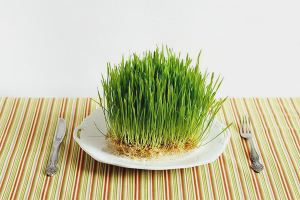
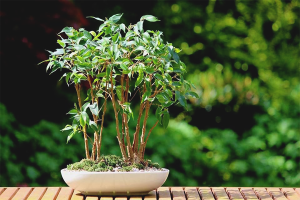
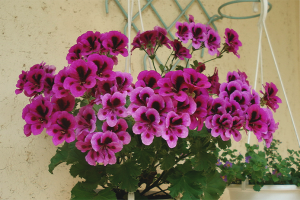
Submit